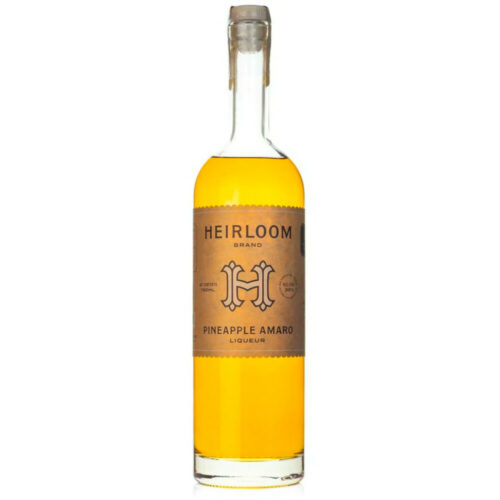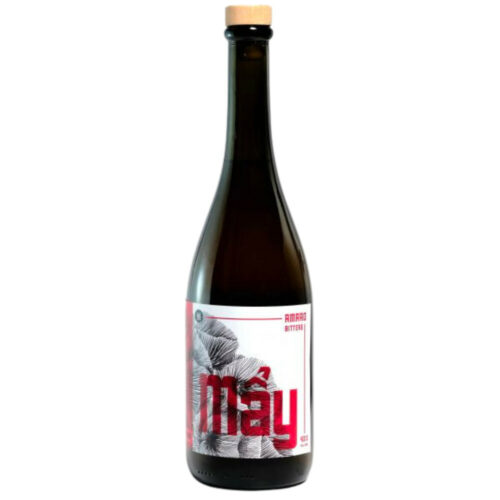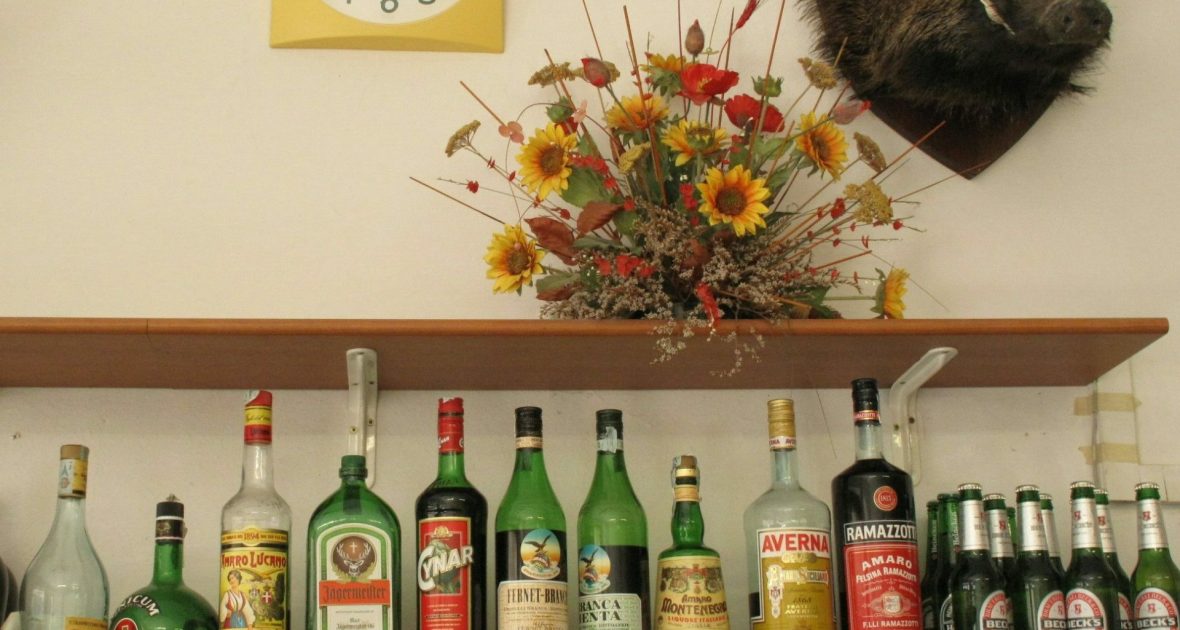
Aaron Strom
Aaron (he/him) is a proud member of our Spirits and Beer staff. As a non-drinker, you can find him perusing our N.A. and THC sections! Outside of France 44 he spends most of his time watching hos partner crochet and playing with his cat, Suki! At least, when he’s not on his Xbox.
The Rich History of Amaro: From Medieval Monks to Modern Mixology
Amaro, the bittersweet herbal liqueur, has a fascinating history that stretches back to the Middle Ages. Originally crafted by medieval monks and pharmacists, these herbal concoctions were used for their medicinal properties. The monks believed that the blend of various herbs, roots, flowers, and citrus peels could aid digestion and promote overall health.
Medieval Origins: Monks and Herbal Remedies
The tradition of creating amaro began in the cloisters of medieval Europe. Monks, who were among the few literate and scientifically-minded individuals of their time, developed recipes that combined a base spirit with locally sourced herbs and botanicals. These early amari were used as medicinal tinctures, prescribed for everything from digestive issues to general malaise. The precise recipes were closely guarded secrets, passed down through generations of monastic brewers.
The Renaissance and the Birth of Commercial Amaro
As Europe transitioned into the Renaissance, the knowledge and techniques for creating herbal liqueurs spread beyond the monasteries. Apothecaries and pharmacists began to experiment with their own versions of amaro, often marketing them as health tonics. By the 1800s, these herbal concoctions had evolved from medicinal remedies to popular beverages enjoyed by the general public.
One of the earliest commercial producers was Salvatore Averna, who in 1868, began selling his family’s secret recipe in Sicily. Averna’s success inspired others, and soon a variety of amari were being produced across Italy, each with its own unique blend of herbs and botanicals.
The Golden Age of Amaro: 19th and 20th Centuries
The 19th century saw a boom in the production and popularity of amaro. Brands like Amaro Ramazzotti (founded in 1815) and Amaro Montenegro (founded in 1885) emerged, each offering distinctive flavors and formulations. These amari were often enjoyed as digestifs, sipped slowly after meals to aid in digestion.
During this time, the recipes became more sophisticated, incorporating a wider range of ingredients. Producers experimented with different base spirits, such as grape brandy and neutral grain alcohol, and a diverse array of bittering agents, including gentian root, wormwood, and cinchona bark. The flavor profiles ranged from sweet and citrusy to intensely bitter and herbaceous.
Modern Revival: Amaro in the 21st Century
In recent years, there has been a resurgence of interest in amaro, both in Italy and internationally. Modern mixologists and bartenders have embraced these complex liqueurs, incorporating them into innovative cocktails and classic drinks alike. The versatility of amaro, with its wide range of flavors and styles, makes it a favorite ingredient in contemporary mixology.
New producers have entered the market, and many traditional brands have experienced a renaissance. Enthusiasts appreciate the artisanal nature of amaro production and the deep connection to Italian cultural and culinary traditions. Amaro’s role has expanded beyond the digestif; it is now a key component in cocktails like the Negroni, the Boulevardier, and various modern creations.
Exemplary Modern Amari
Two amari that have come to offer a refreshing twist in the category are Heirloom Pineapple Amaro and Song Cai May Amaro. These products exemplify the rich, complex, vastly unique flavors and meticulous craftsmanship that characterize the best amari different parts of the world have to offer.

Heirloom Pineapple Amaro - $38.99
Heirloom Pineapple Amaro, crafted right here in Minneapolis, offers a refreshing twist on the classic digestif by blending traditional amaro bitterness with the vibrant sweetness of pineapple. This innovative liqueur features a harmonious balance between rich herbal notes and tropical fruitiness, creating a uniquely complex profile. Ideal for enhancing cocktails or enjoyed neat, it represents a modern take on amaro, bringing a distinctive American flair to a time-honored tradition.

Song Cai May Amaro - $39.99
Song Cai Mẩy Amaro, hailing from Vietnam, offers a sophisticated twist on traditional amaro by incorporating Asian herbal traditions. Crafted with botanicals like star anise, ginger, and various spices, it presents a rich, aromatic profile that blends spiced complexity with herbal depth. This unique amaro provides a distinct departure from classic Italian styles, making it an intriguing choice for both sipping neat and enhancing cocktails with its exotic, multi-layered flavors.
Cocktail Recipes
The Black Manhattan
The Black Manhattan is my personal favorite twist on the classic Manhattan, substituting amaro for the traditional sweet vermouth to add depth and complexity. This is a great cocktail for a classic amaro, like Amaro Montenegro or Fernet-Branca.
Ingredients:
- 2 oz Rye Whiskey
- 1 oz Amaro
- 1 dash Angostura Bitters
- 1 dash Orange Bitters
- Cherry or Orange Twist for Garnish
Instructions:
- Fill a mixing glass with ice.
- Add the rye whiskey, amaro, Angostura bitters, and orange bitters.
- Stir until well chilled.
- Strain into a chilled coupe or martini glass.
- Garnish with a cherry or an orange twist.
Kingston Negroni
This recipe is perfect for the Heirloom Pineapple Amaro, combining tropical flavors from the Amaro and the rum with the rich Vermouth and bitter Campari. The resulting cocktail is beautifully balanced and perfect for a hot summer day.
Ingredients:
- 1.5 oz Smith and Cross Rum
- 0.5 oz Carpano Antica Vermouth
- 0.5 oz Heirloom Pineapple Amaro
- 0.5 oz Campari
Instructions:
- Fill a mixing glass with ice.
- Add the Smith and Cross Rum, Carpano Antica Vermouth, Heirloom Pineapple Amaro, and Campari.
- Stir well until the mixture is chilled and properly diluted.
- Strain into a rocks glass filled with a large ice cube.
- Garnish with an orange twist.
From its origins in the herbal remedies of medieval monks to its current status as a beloved component of modern cocktails, amaro has a rich and storied history. Its enduring appeal lies in its ability to adapt and evolve while maintaining a deep connection to tradition. Whether enjoyed neat or in a cocktail, amaro continues to captivate and delight, offering a taste of history in every sip.
